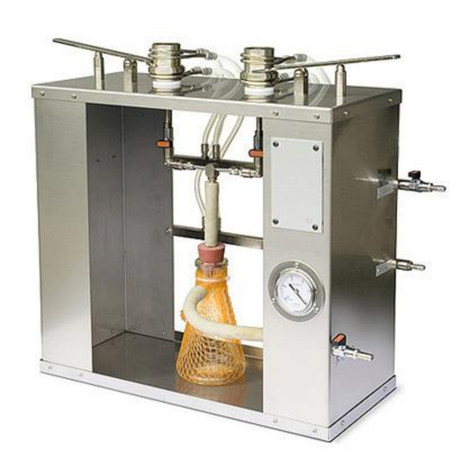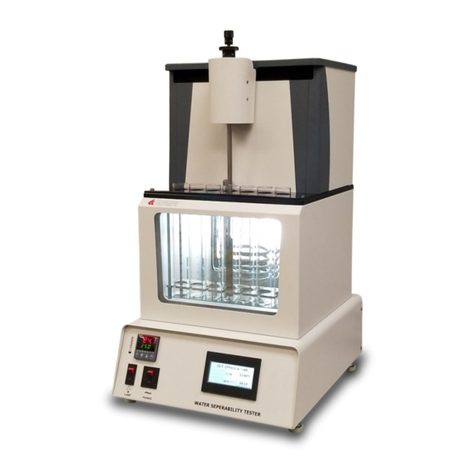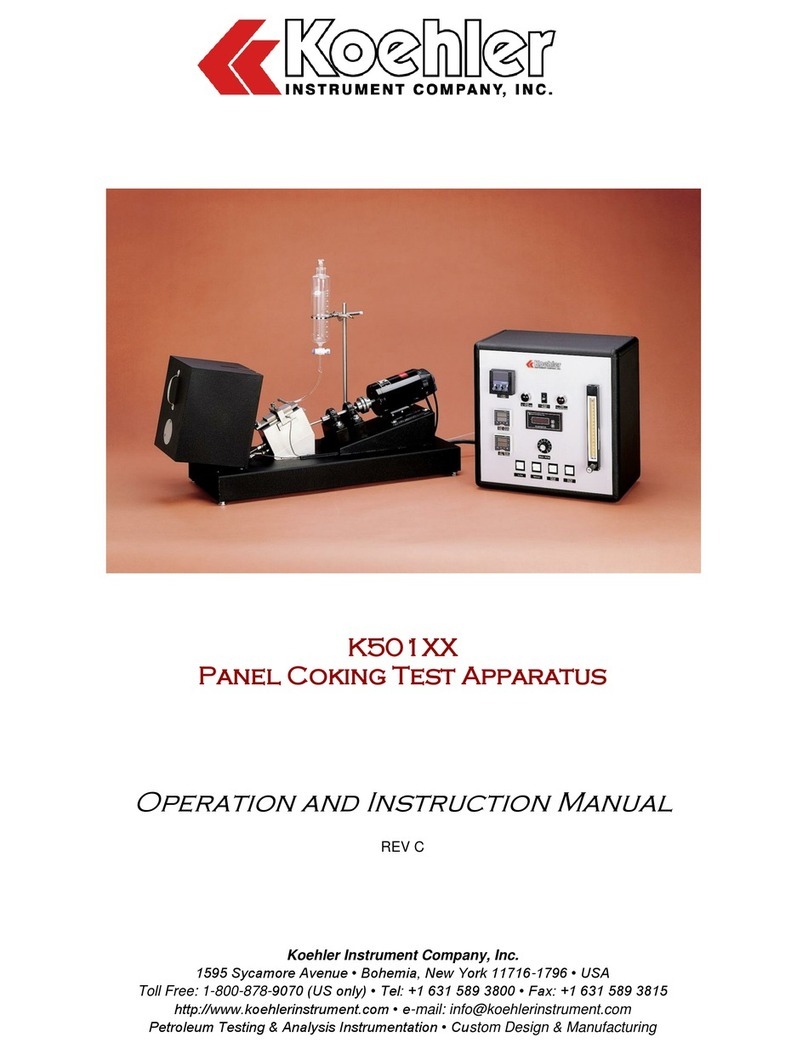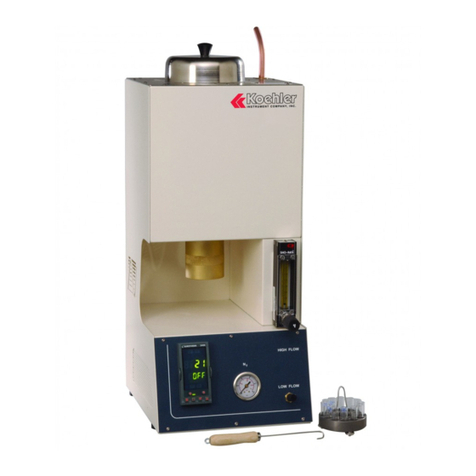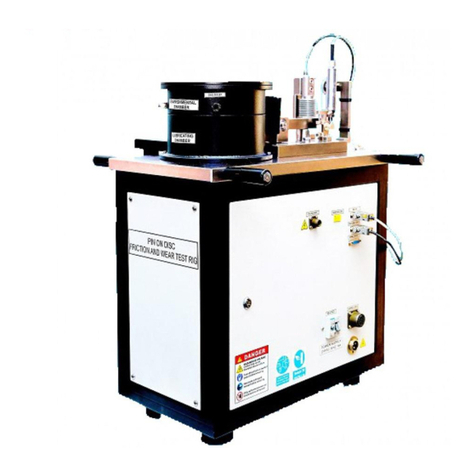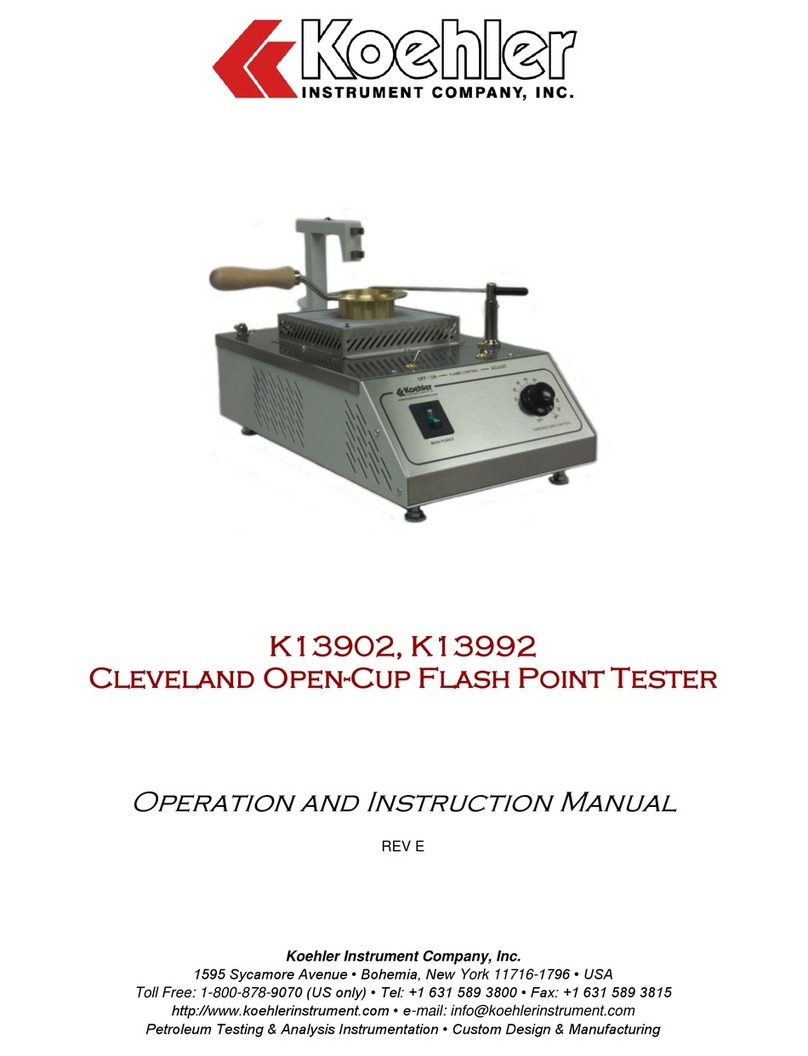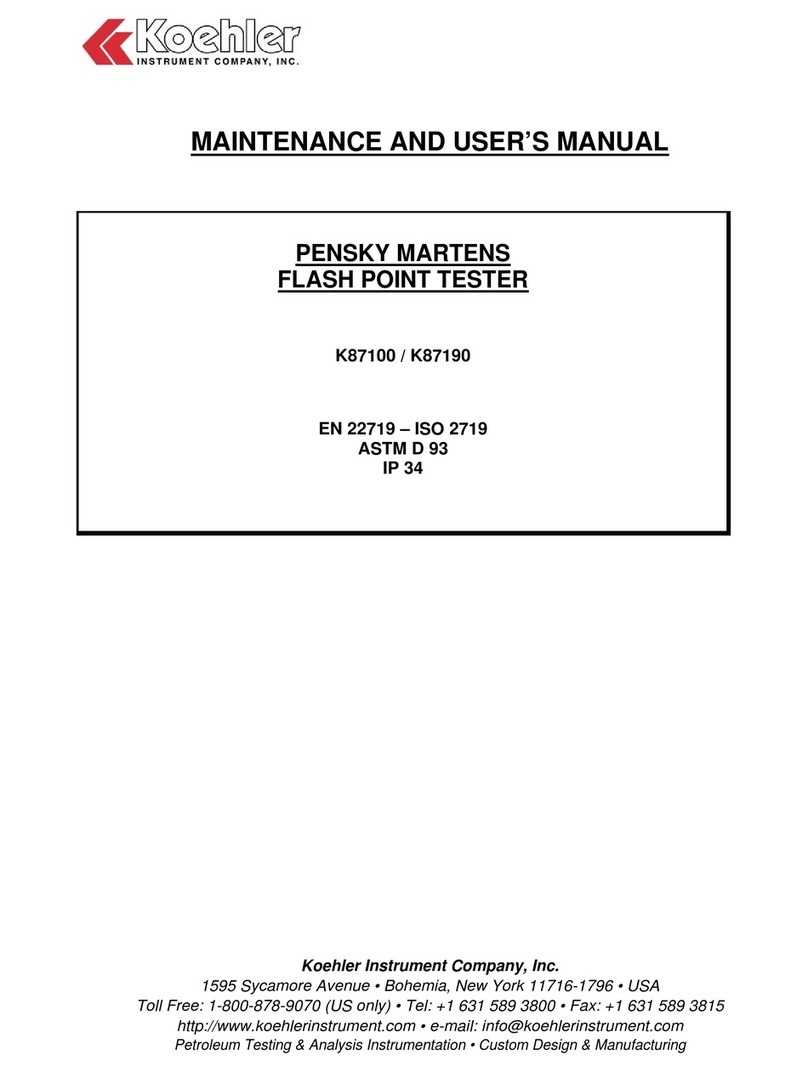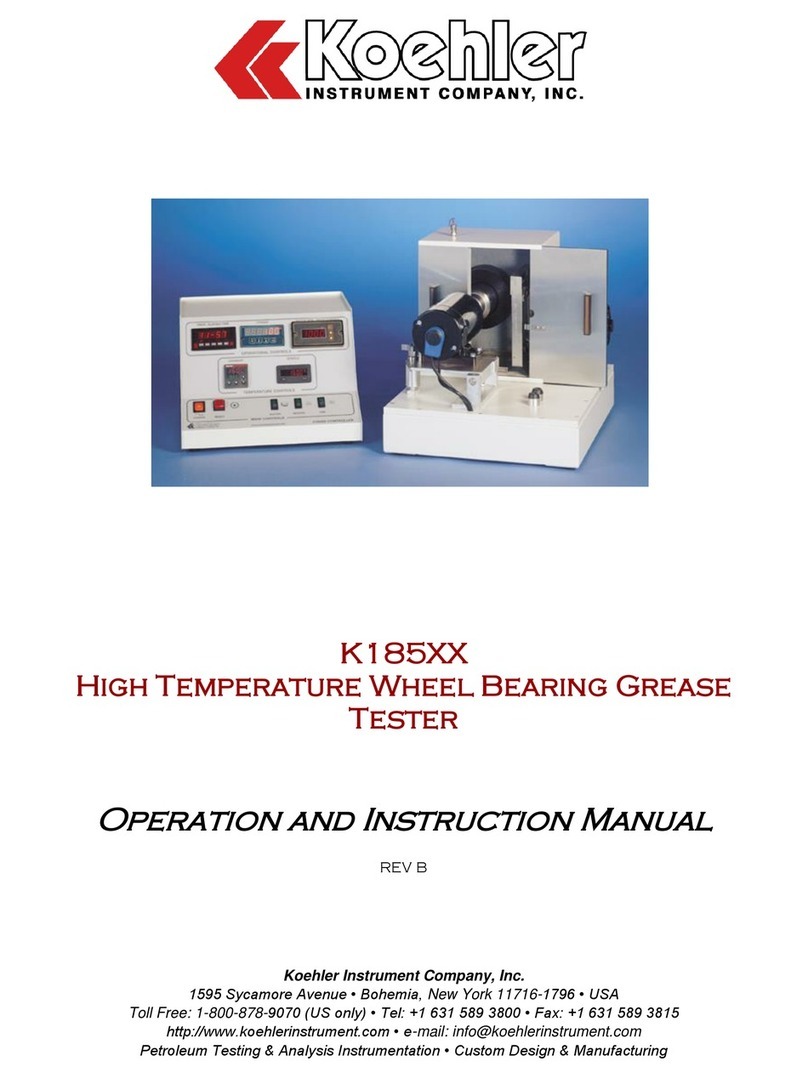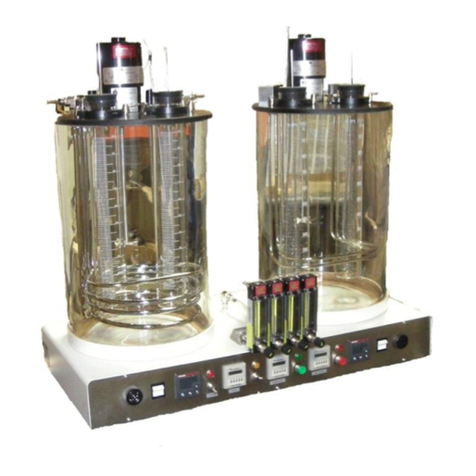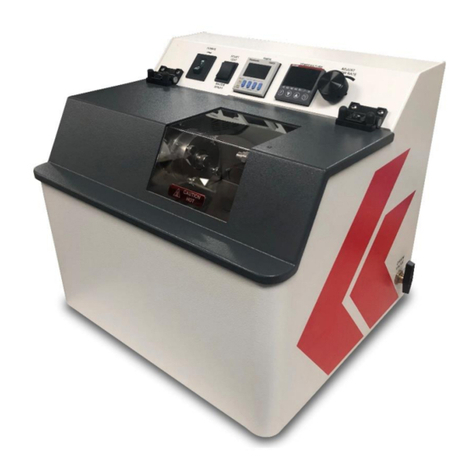
- 8.6 – PRINTING OUT OF LOG........................................................................................... 27
IX – SAFETY DEVICES........................................................................................................... 28
- 9.1 – SAFETY DEVICE - ABSENCE OF SAMPLE PROBE ............................................... 28
- 9.2 – NO INCREASE IN SAMPLE PROBE TEMPERATURE............................................. 28
- 9.3 – ELECTRICAL SAFETY DEVICE ............................................................................... 28
- 9.4 - SAMPLE TEMPERATURE SAFETY DEVICE............................................................ 28
- 9.5 – GAS SAFETY DEVICE............................................................................................... 29
X – UPDATING OF SOFTWARE............................................................................................. 30
XI - CONFIGURATION............................................................................................................. 31
- 11.1 –
PASSWORD.......................................................................................................................... 31
- 11.1.1 – Creation of a password.................................................................................... 31
- 11.2 – SOFTWARE CONFIGURATION.............................................................................. 31
- 11.2.1 – Correction of the result..................................................................................... 31
- 11.2.2 – Stop cooling ..................................................................................................... 31
- 11.2.3 – Safety shutdown .............................................................................................. 32
- 11.2.4 – Enter presumed temperature............................................................................ 32
- 11.2.5 – Barometric pressure ......................................................................................... 32
- 11.2.6 - Buzzer ............................................................................................................... 32
- 11.2.7 – New version of software.................................................................................... 32
- 11.2.8 - New password.................................................................................................... 32
- 11.2.9 – Print out temperature gradient).......................................................................... 33
- 11.2.10 - ''Escaping'' from the software configuration item.............................................. 33
- 11.3 – HARDWARE CONFIGURATION ............................................................................... 33
- 11.3.1 - Language............................................................................................................ 33
- 11.3.2 - Units ................................................................................................................... 33
- 11.3.3 - Calibration .......................................................................................................... 33
- 11.3.3.A – Sample probe and bath .............................................................................................34
- 11.3.3.B – Barometric pressure ..................................................................................................35
- 11.3.3.C – Electrical network image ...........................................................................................36
- 11.3.4 - Checks ............................................................................................................... 37
- 11.3.4.A – Analogue readings ....................................................................................................37
- 11.3.4.B – Logical inputs/outputs ...............................................................................................37
- 11.3.4.C – Self diagnostic ..........................................................................................................37
- 11.3.4.D – Printing the log...........................................................................................................37
XII - INCIDENTS......................................................................................................................... 39
XIII – GENERAL MAINTENANCE............................................................................................. 40
- 13.1 - CALIBRATION ........................................................................................................... 40
- 13.2 – MISCELLANEOUS CHECKS .................................................................................... 40
XIV – ACCESSORIES AND PART NUMBERS......................................................................... 41
- 14.1 – ACCESSORY PART NUMBERS ............................................................................... 41
- 14.2 – ADDITIONAL ACCESSORIES (OPTIONS) .................................................................. 41
- 14.3 – ERROR CODES......................................................................................................... 41
XVI - YOUR CONTACT.............................................................................................................. 42
XVII – ELECTRICAL/ELECTRONIC DIAGRAMS...................................................................... 43













